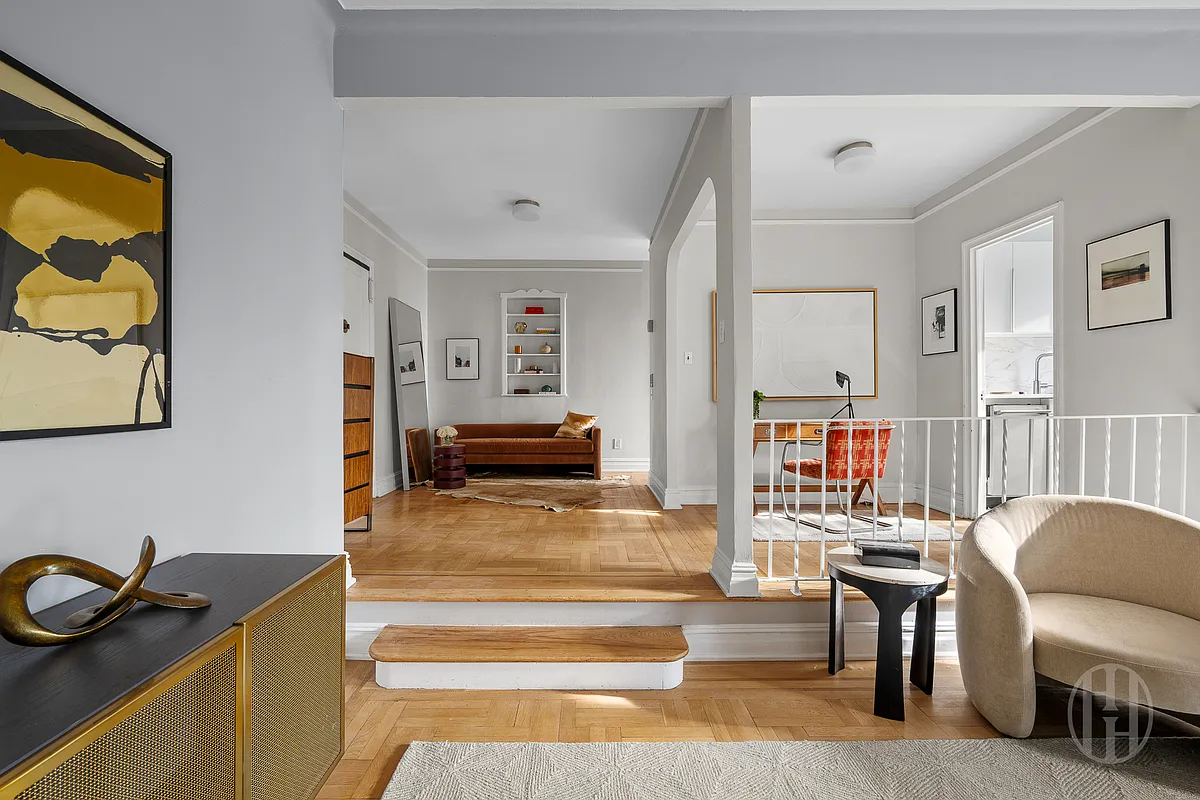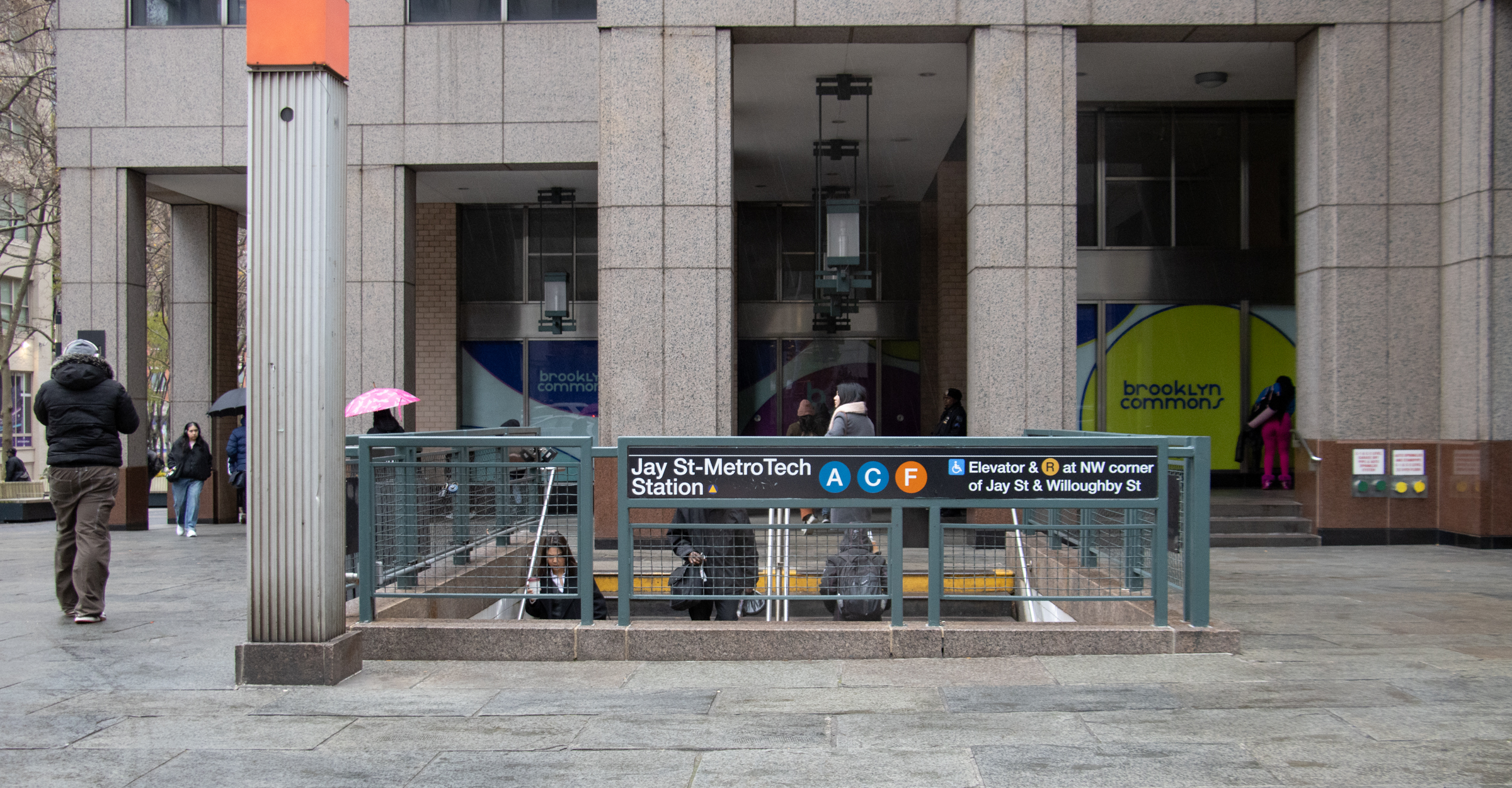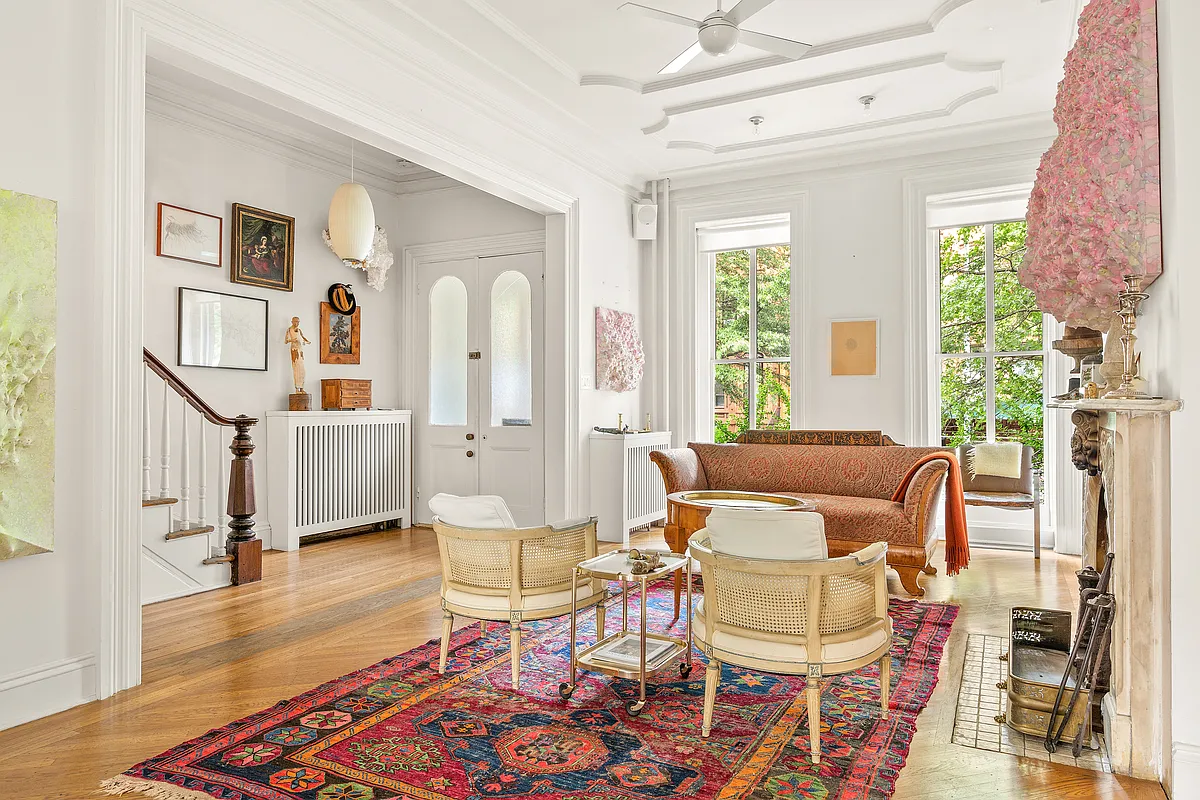Details on the Borough Hall Skyscraper District
The creation of the Borough Hall Skyscraper District had been in the works for at least five years (we reported on it being discussed at a Brooklyn Heights Association meeting back in 2005) before it was officially presented at a Landmarks hearing on October 26. But we had yet to see a proposed map of…


The creation of the Borough Hall Skyscraper District had been in the works for at least five years (we reported on it being discussed at a Brooklyn Heights Association meeting back in 2005) before it was officially presented at a Landmarks hearing on October 26. But we had yet to see a proposed map of the district until Community Board 2 sent out the materials yesterday for next Tuesday’s meeting. (Turns out it’s been available on the LPC site for a while though.) In addition to running the map above, we’ve cut-and-pasted the text of the district description that was also included in the mailing below. We’d be surprised if it wasn’t ultimately approved, but, as Crain’s and The Post have pointed out, not everyone is wild about the idea.
In the first half of the nineteenth century, especially following the chartering of the City of Brooklyn in 1834 and the completion of its new City Hall in 1848, a distinct civic and commercial center began to crystallize along the eastern edge of residential Brooklyn Heights. As the city continued to grow during the 1850s and 1860s—in the process becoming the nation’s third-most populous urban area—the streets immediately adjacent to City Hall were taken over almost exclusively by businesses.
In the later decades of the nineteenth century transportation improvements further encouraged commercial development in the area. The Brooklyn Bridge, which opened in 1883, directly connected the neighborhood with Manhattan’s financial center. Soon newer—and often much taller—buildings began to rise on the surrounding streets, including the impressive Romanesque-Revival Franklin Building that survives at 186 Remsen Street.
Brooklyn’s commercial heart continued to grow in the years following the consolidation of Great New York in 1898. The Temple Bar Building, for example, was erected in 1901 at the corner of Court and Joralemon Streets and was intended to attract the city’s leading lawyers to the borough. Other office buildings soon followed including the speculative venture at 32 Court Street that was completed in 1918.
The conception and construction of the Brooklyn Municipal Building—originally planned in 1909 but not completed until 1927—lead many to speculate that the area surrounding Brooklyn’s Borough Hall would become a financial center to rival that of Lower Manhattan. The area’s tallest and most architecturally intricate skyscrapers were erected during this period, particularly the stately, 35-story Montague-Court Building at 16 Court Street and the handsomely detailed Brooklyn Chamber of Commerce Building at 75 Livingston Street, both completed in 1927.
The proposed Borough Hall Skyscraper Historic District, comprising approximately 20
properties, is characterized primarily by tall commercial buildings erected in the late nineteenth and early twentieth centuries. Designed in a range of styles from the Romanesque-Revival to the Beaux-Arts to the Modern, the structures in the study area represent the work of an impressive group of architects including Helmle, Huberty & Hudswell; McKenzie, Voorhees & Gmelin; George L. Morse; the Parfitt Brothers; Schwartz & Gross; H. Craig Severence; and Starrett & Van Vleck. It contains many of the borough’s most architecturally distinguished business buildings, as well as its two most significant civic structures—the Brooklyn Municipal Building and the individually-designated Brooklyn Borough Hall.





:” There are added expenses to renovating in a historic district, but studies also show higher property values. From my experience, I cannot think of anyone who had problems at LPC that hired an experienced architect (one of the aforementioned added expenses).”
not what i’ve heard and i doubt landmarking helps commercial properties makes very tough on retail changes VERY
Babs, how can you say that the townhouses would have been demolished when the Boerum Hill landmark district only covers a small part of the neighborhood and there are plenty of townhouses on non-landmarked blocks?
The same things goes for the western 2/3 of Park Slope and pretty much every neighborhood other than Brooklyn Heights.
For the record, I live in a modern building next door to old buildings, and I love the mix. I would also never live in a brownstone or 90 year old walk up – the housing in those buildings is just not my style.
So I guess areas like Williamsburg, the Lower East Side, Harlem, and most of Queens are still as bad off now as they were in the 1960, because they have no lanmarked areas (outside of a few isolated blocks).
There is also the fact that cities all over the country have seen revivals in formerly depressed urban areas, even though there are huge differences in zoning and landmark laws/protections.
From what I can tell, landmarking is an effect of better off neighborhoods, not a cause.
Does anyone have data on housing values or any other statistics in landmarked vs non-landmarked areas that show the benefits of landmarking?
My gut feeling is that non-landmarked areas have risen more due the fact that (1) they were worse off to begin with and (2) the ability to demolish buildings can lead to more profitable/higher income land use.
The issues I have with large landmark districts is they both ignore the way that healthy cities grow and assume that the current land use is the best possible use.
I totally agree that the huge government-sponsored urban renewal projects of the late 1940s to mid 1960s were a complete disaster of urban planning. Ripping down entire neighborhoods to construct “towers in gardens” on superblocks was a horrible idea that did way more harm than good.
I like Williamsburg, or well, parts of it.
“You’re a hoot. Perfect example of the over-reach I just mentioned. So you would deem to know when private interests should build or not. Please.”
Blayze is a one trick pony – landmark everything because everything new sucks. Typically gets a violent pwning by fsrg, and then resorts to making fun of williamsburg. yawn – getting old meng.
Guess what, BoerumHillScott? Without landmarks, Boerum Hill wouldn’t exist in its present form, nor would Fort Greene or Clinton Hill. You know those townhouses would have been demolished long ago. Brooklyn Heights was the one that started it all, saving us from Robert Moses’s idea of barrelling the BQE right through the neighborhood and destroying all around it, but the others were just as warranted and necessary.
Yes, the City as a whole has made significant progress, but a lot of it in Brooklyn was due to the preservation of these areas via landmarking.
Blayze – you are talking about midtown Manhattan (which by the way is very different from the financial district). A very good place for large office buildings, if you ask me. Particularly those parts of midtown that are close to regional transportation hubs. I’m pretty sure that’s why they put the Chrysler building where it is. Probably the Empire State Building too. Rockefeller Center. Bank of America tower.
Also, check your geography – midtown and the financial district are two very different commercial markets.
As for Vornado, presumably, they are smart enough to start construction when they know there is a market, not before. Just because they are getting approvals now doesn’t mean that they are going to start construction after the holidays. And if they did, it would be because they thought there was a market for their building three to five years down the line (which is how long it would take them to build). That’s part of the risk of real estate development – if they’re wrong, they lose a ton of money.
I do agree that big floorplate buildings are ungainly, and its hard to make a graceful behemoth. But big floorplate buildings are what the Class A market wants, and if we are going to build them, let’s put them where it makes sense.
As for Lincoln Center, it was determined eligible for listing on the National Register of Historic Places. 10 years ago.
“Lincoln Center for example, a grand tour de force of Moses engineering and slum clearance, did not enhance the decaying Upper West Side.”
I give up!!!
Minard;
I am well familiar with the history – I grew up in this city. I don’t dispute much of what you say.
I am suggesting to you that the preservationist movement has come to a point of over-reach. Think about it.
Blayze;
You’re a hoot. Perfect example of the over-reach I just mentioned. So you would deem to know when private interests should build or not. Please.